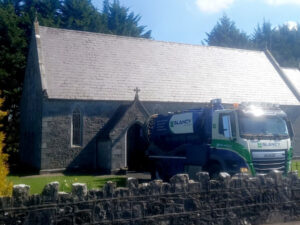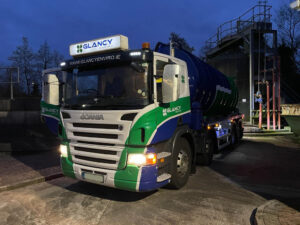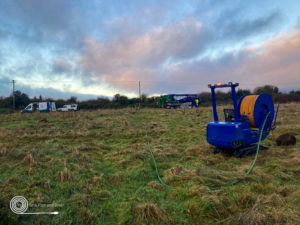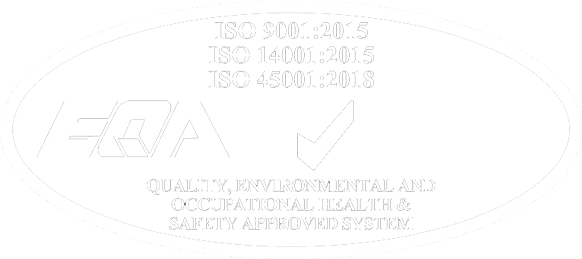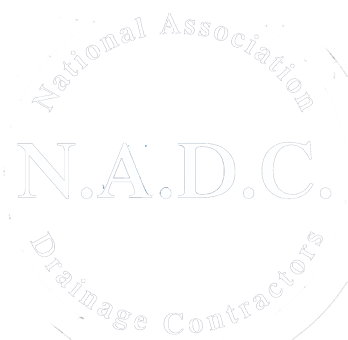Introduction
Underground pipes play an essential role in modern infrastructure, but over time, they can become damaged or deteriorate, leading to costly repairs and disruptions. One innovative solution to this problem is UV Pipe Relining, a trenchless rehabilitation method that combines efficiency, durability, and minimal environmental impact. This article provides an in-depth look at UV Pipe Relining, discussing its benefits, applications, and the process involved to help both industry experts and novices understand this cutting-edge technology.
Section 1: Understanding UV Pipe Relining
1.1 What is UV Pipe Relining?
UV Pipe Relining, a form of Cured-in-Place Pipe (CIPP) lining, is a trenchless pipe rehabilitation method that utilizes ultraviolet (UV) light to cure a resin-impregnated liner within a damaged pipe. This process creates a new, seamless, and corrosion-resistant pipe inside the existing pipe without the need for excavation, providing a long-lasting and environmentally friendly solution to pipeline deterioration.
1.2 Benefits of UV Pipe Relining
Some of the key benefits of UV Pipe Relining include:
- Rapid curing: UV light accelerates the curing process, reducing downtime and increasing productivity.
- Minimal disruption: As a trenchless method, UV Pipe Relining eliminates the need for extensive excavation, resulting in less disruption to traffic, businesses, and the environment.
- Cost-effective: With reduced labor and resources, UV Pipe Relining is often more affordable than traditional pipe replacement methods.
- Enhanced durability: The UV-cured liner forms a seamless, corrosion-resistant new pipe, ensuring a longer lifespan and better performance.
- Environmentally friendly: UV Pipe Relining reduces the environmental impact of pipeline rehabilitation, preserving landscapes and minimizing waste.
Section 2: Applications of UV Pipe Relining
UV Pipe Relining can be used for various applications, including:
- Water mains: Rehabilitating aging and corroded water mains, ensuring a consistent and safe water supply.
- Sewer lines: Addressing infiltration and exfiltration issues in sewer lines, protecting public health and the environment.
- Stormwater drains: Relining can improve stormwater management by repairing leaks and enhancing flow capacity.
- Industrial pipes: Industries with specialized piping systems can benefit from UV Pipe Relining to maintain efficiency and minimize downtime.
Section 3: The UV Pipe Relining Process
The UV Pipe Relining process consists of several crucial steps:
3.1 Inspection and Cleaning
Before relining, a thorough inspection is conducted using CCTV cameras to assess the pipe’s condition and identify any obstructions or debris. The pipe is then cleaned using high-pressure water jetting or mechanical methods.
3.2 Liner Preparation
A flexible liner, typically made from polyester, fiberglass, or other composite materials, is impregnated with a light-sensitive resin that will harden when exposed to UV light.
3.3 Liner Installation
The resin-impregnated liner is inserted into the damaged pipe using either a winch or air pressure. Once in place, the liner is inflated using an inflatable bladder, forcing the resin-impregnated material against the pipe’s inner walls.
3.4 UV Curing
A UV light train, a series of powerful UV lamps mounted on a wheeled carriage, is pulled through the inflated liner. The UV light emitted by the lamps triggers a chemical reaction in the resin, causing it to harden and bond with the pipe’s interior. This curing process takes significantly less time than traditional thermal curing methods.
3.5 Final Inspection and Connection
After the curing process is complete, the inflatable bladder is removed, and a final CCTV inspection is conducted to ensure proper installation. Once the rehabilitated pipe is verified to be in good condition, it is reconnected to the existing pipeline system, and normal operation can resume.
Section 4: Quality Assurance and Standards
4.1 Quality Assurance
To ensure the success of a UV Pipe Relining project, quality assurance measures must be in place throughout the process. These measures include:
- Selecting appropriate liner materials and resin types based on the specific application and pipe conditions.
- Ensuring proper liner impregnation and resin saturation.
- Confirming the UV light train’s proper functioning and the intensity of the UV lamps.
- Performing pre- and post-installation CCTV inspections to verify the liner’s proper placement and curing.
4.2 Industry Standards
UV Pipe Relining is subject to various industry standards and guidelines that ensure the quality and longevity of the rehabilitated pipe. These standards may vary by region and include specifications for liner materials, resin types, curing methods, and testing procedures. Adhering to these standards is crucial for the successful implementation of UV Pipe Relining projects.
Conclusion
UV Pipe Relining offers a fast, efficient, and environmentally friendly solution to the challenges of pipeline rehabilitation. Its rapid curing process, minimal disruption, and durable performance make it an attractive option for industry experts and novices alike. By understanding the benefits, applications, and processes involved in UV Pipe Relining, stakeholders can make informed decisions about implementing this innovative technology in their pipeline systems.
Call us today if you require UV Pipe Relining – 1800 844 060
